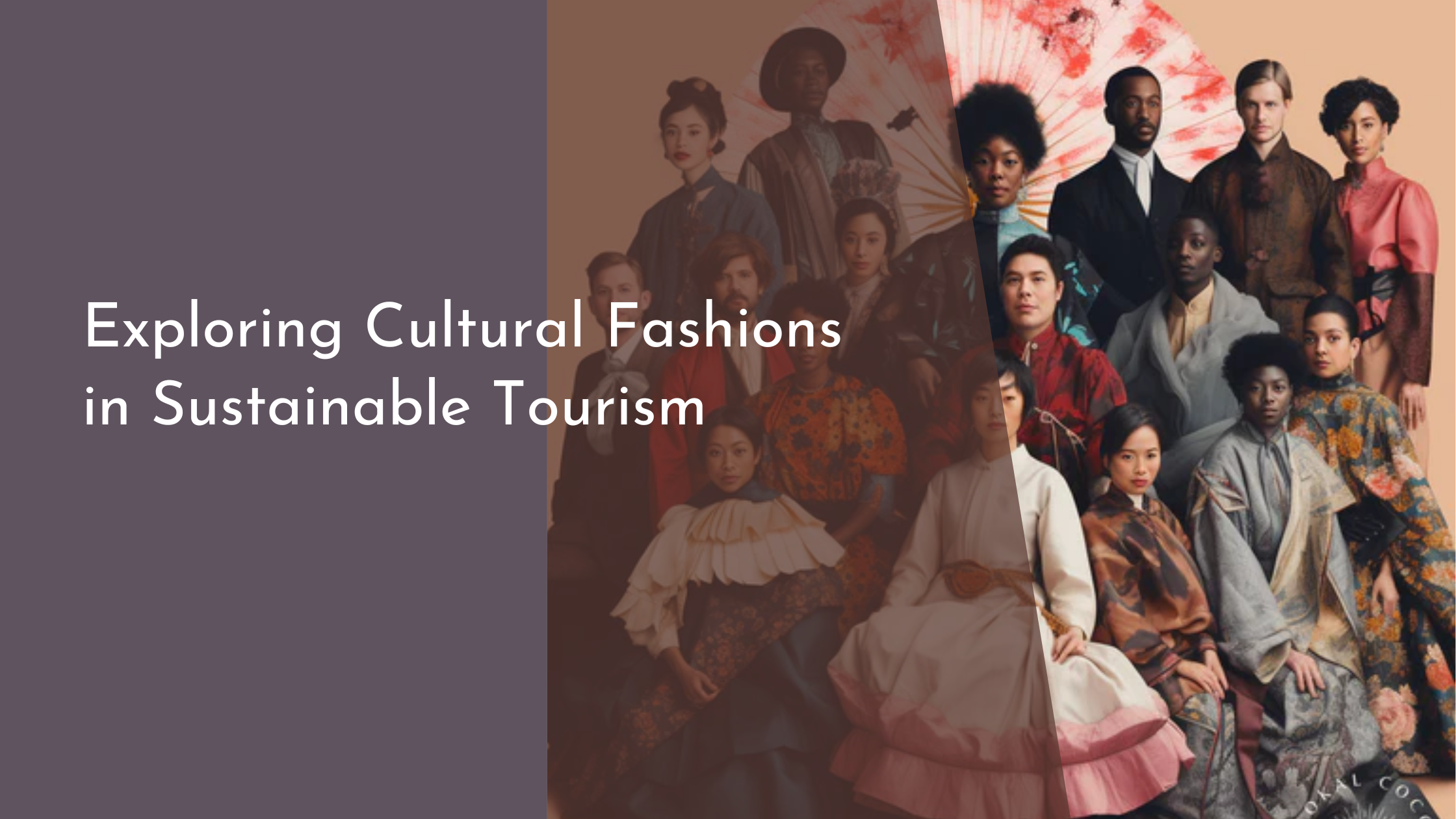Exploring Cultural Fashions in Sustainable Tourism
In an increasingly globalized world, the intersection of culture and fashion plays a crucial role in shaping the experiences of travelers and promoting sustainable tourism. Not only do cultural attires tell the unique stories of their origins, but they also influence how destinations are perceived and valued by tourists. By exploring cultural fashions, travelers can immerse themselves in the rich tapestry of global traditions while fostering a sustainable approach to tourism. This article delves into the vibrant world of cultural fashion, examining its impact on sustainable tourism and celebrating the beauty of traditional attires.
Understanding the Intersection of Culture and Fashion
Culture and fashion have always been intertwined, with clothing serving as a visual representation of cultural identity, beliefs, and history. Traditional costumes often incorporate elements that hold significant meaning, such as patterns, colors, and fabrics that reflect the values and experiences of a community. By understanding the cultural context behind fashion, travelers gain a deeper appreciation for the destinations they visit, allowing for a more meaningful and respectful exploration of local customs and traditions.
Moreover, cultural fashion acts as a bridge between the past and the present, showcasing the evolution of societies over time. As tourists encounter traditional attire, they are offered a glimpse into the historical narratives of the places they visit. This intersection not only enriches the travel experience but also fosters a sense of connection and empathy between travelers and the host communities, encouraging a more sustainable and culturally sensitive approach to tourism.
How Fashion Influences Sustainable Tourism
Fashion plays a significant role in shaping sustainable tourism by promoting ethical consumption and supporting local artisans. When tourists choose to purchase locally-made traditional garments, they contribute to the preservation of cultural heritage and support the livelihoods of craftspeople. This, in turn, encourages sustainable economic practices within communities and helps to maintain the authenticity of cultural expressions. By prioritizing fashion that respects cultural integrity, travelers can actively participate in the global movement towards responsible tourism.
Additionally, fashion can influence the perceptions and behaviors of tourists, inspiring them to adopt more sustainable travel habits. By engaging with cultural attire and understanding its significance, travelers are more likely to appreciate the importance of conserving cultural sites and respecting local customs. Fashion can also act as a catalyst for education, sparking curiosity and dialogue about sustainability, ethical fashion, and the role of tourism in preserving cultural heritage. As tourists become more informed, they can make conscious choices that benefit both the environment and the communities they visit.
Iconic Cultural Attires and Their Global Impacts
Across the globe, iconic cultural attires capture the imagination of travelers and serve as symbols of national identity. For instance, the Japanese kimono, renowned for its intricate design and symbolism, embodies the elegance and craftsmanship of Japanese culture. As tourists don these garments, they partake in a centuries-old tradition that honors both artistry and cultural heritage. Similarly, the vibrant sari of India, with its myriad of colors and draping styles, offers a window into the diverse cultural landscape of the country. Each piece tells a story and invites travelers to explore the rich history and traditions that define a place.
The global impact of these cultural attires extends beyond aesthetics, influencing fashion trends and inspiring designers worldwide. As traditional garments gain international recognition, they promote cross-cultural understanding and appreciation, encouraging a more diverse and inclusive fashion industry. By celebrating the uniqueness of cultural fashions, the tourism industry can play a pivotal role in fostering cultural exchange and dialogue, ultimately enriching the global community and promoting a more sustainable future.
Embracing Tradition: A Cheerful Conclusion
Embracing tradition through cultural fashion invites travelers to participate in a joyful celebration of diversity and heritage. By exploring the stories behind traditional garments, tourists can connect with the heart and soul of a destination, fostering a more authentic and enriching travel experience. Fashion becomes a medium through which travelers can express admiration and respect for the cultures they encounter, ensuring that their journeys are not only enjoyable but also meaningful and sustainable.
As we embark on our travels, let’s celebrate the beauty and significance of cultural fashions, cherishing the opportunity to learn from the diverse tapestries of human expression. By embracing cultural attire with curiosity and respect, we contribute to a more sustainable tourism industry that values and preserves the rich heritage of our global community. So, whether you’re donning a kimono in Kyoto or wrapping yourself in a sari in Mumbai, let cultural fashion guide your journey to a more connected and sustainable world.
Cultural fashion offers a vibrant lens through which travelers can explore and appreciate the diverse traditions of our world. By understanding the connection between culture and fashion and recognizing its influence on sustainable tourism, we open ourselves to more meaningful travel experiences that honor the stories and craftsmanship of local communities. As we continue to celebrate and engage with cultural attires, we play an active role in preserving the authenticity and diversity of our global heritage for future generations. So, pack your bags, embrace the beauty of cultural fashion, and embark on a journey that celebrates the world in all its colorful splendor.

